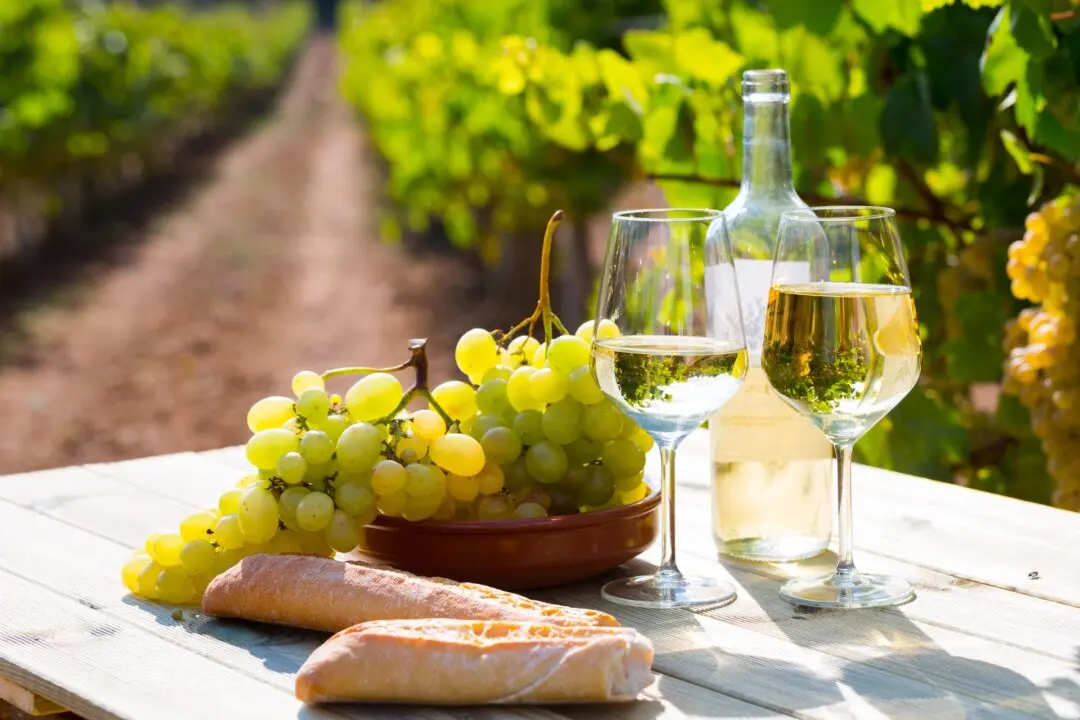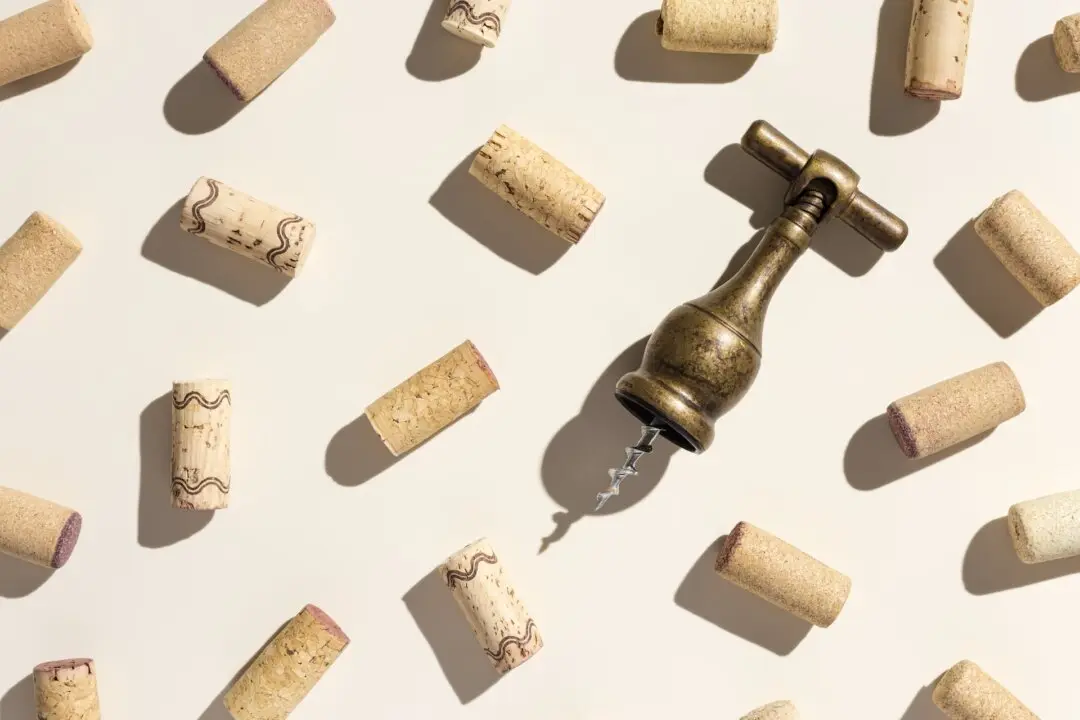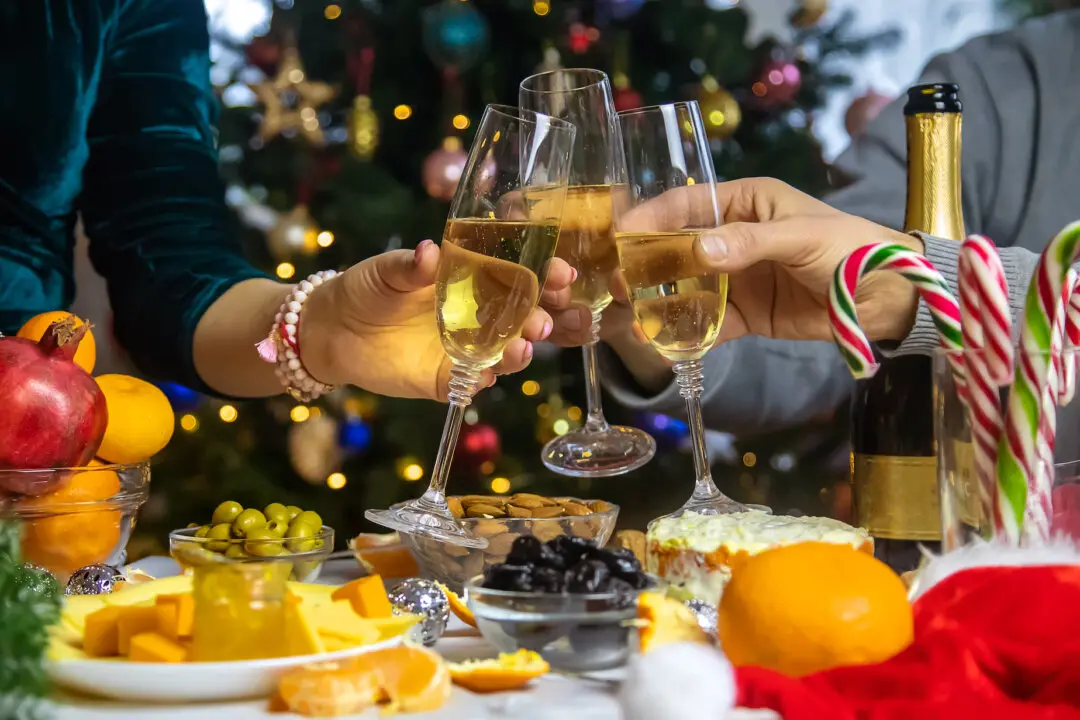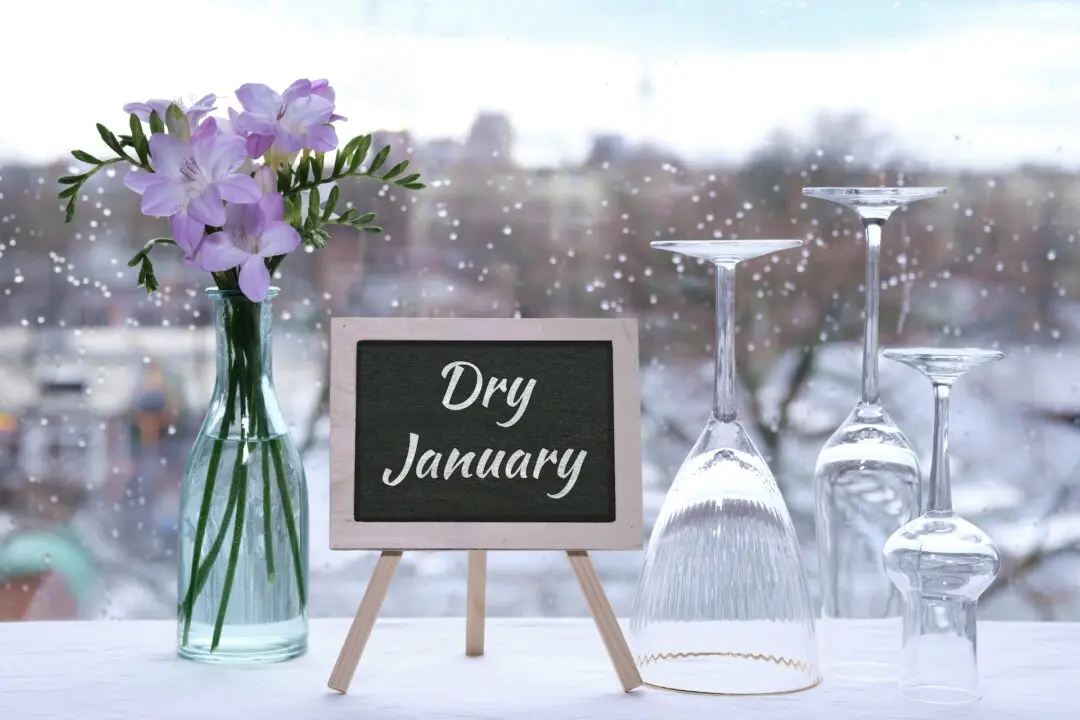It’s Champagne season—a line you might think indicates that this article is being published two weeks too late.
And sure, sparkling wines usually are reserved for toasting at Christmas and New Year’s. Once those holidays have passed, most people believe the season for them is over. For me, it’s just beginning, and it lasts all year.




